

Position: Former Associate Professor, School of Engineering, University of Waikato. Field: Optics, optoelectronics. Rainer was born in Germany where he attended high school and university. He ...
READ MORE

Light interacts with biological materials in several different ways. This field of research is known as biophotonics. Associate Professor Rainer Künnemeyer, from the University of Waikato, is ...
READ MORE

Reflection is when light bounces off an object. If the surface is smooth and shiny, like glass, water or polished metal, the light will reflect at the same angle as it hit the surface. This is ...
READ MORE
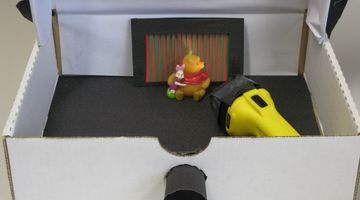
In this activity, students investigate specular and diffuse reflection by looking into a dark box and shining a torch at various objects, coloured paper and a mirror. By the end of this activity ...
READ MORE
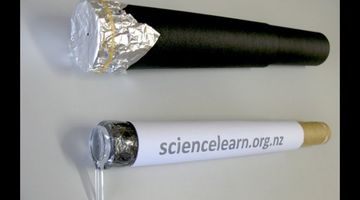
In this activity, students make a pinhole camera and see images formed on an internal screen. They then use a lens and see brighter and sharper images. This models the human eye. By the end of ...
READ MORE
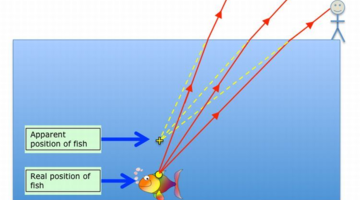
In this activity, students aim spears at a model of a fish in a container of water. When they move their spears towards the fish, they miss! This activity investigates refraction. By the end of ...
READ MORE

Search data from NASA’s Kepler spacecraft for the dips in star light intensity caused by exoplanets – planets that orbit stars other than the Sun. As these exoplanets pass between the star and ...
READ MORE
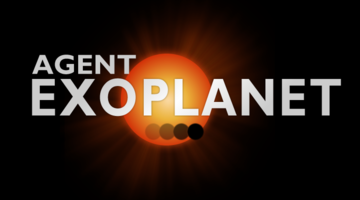
Help astronomers at Las Cumbres Observatory, California, study exoplanets – planets that orbit stars other than our Sun. Do this by interpreting images taken by their telescopes in Hawaii ...
READ MORE
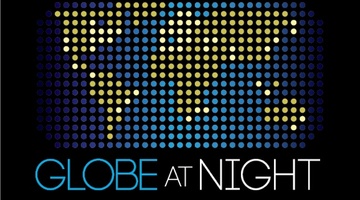
Globe at Night is an international citizen science campaign to raise public awareness of the impact of light pollution by inviting citizen scientists to measure and submit their night sky ...
READ MORE
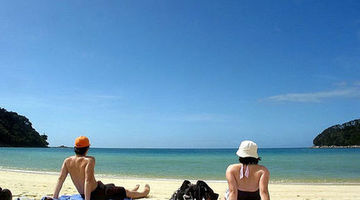
The hole in the layer is a problem for all New Zealanders because it allows greater levels of potentially harmful UV rays to enter the atmosphere. These rays have been found to increase the risk ...
READ MORE

In this online PLD session recorded on 27 August 2015, secondary teacher Steve Chrystall talks about the Science Learning Hub’s light and sight resources and how he used them to teach year 9 and ...
READ MORE
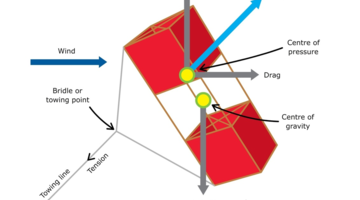
Are you looking for ways to teach forces? If you’re new to the Science Learning Hub, you may want to start with our introductory video on teaching physics. Help, I’m teaching physics Discover ...
READ MORE
By using the example of spearing a fish, Associate Professor Gordon Sanderson, an ophthalmologist from Otago University, explains the principle of refraction. Refraction is as a consequence of ...
READ MORE
University of Waikato science researcher Dr Adrian Dorrington explains the photoelectric effect. He then describes how camera sensors can be designed on the basis of this effect to enable light ...
READ MORE
Dr Adrian Dorrington, a scientist from the University of Waikato, explains how the brain interprets the images our two eyes receive. The net result is that we experience depth perception. 3D ...
READ MORE
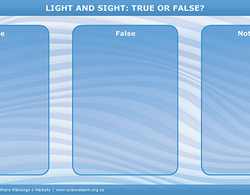
Use this interactive graphic organiser to help highlight some common alternative conceptions about light and sight. Place each label where you think it belongs. This activity can be done ...
READ MORE
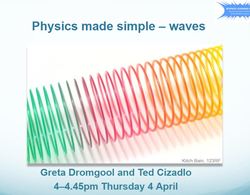
This slideshow from the webinar Physics made simple – waves provides additional support for the video tutorial. Use the Slideshow menu for further options, including view full screen, and go here ...
READ MORE
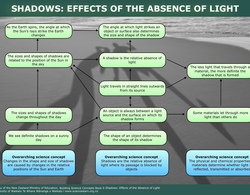
This interactive explores the sequential and interlinking science concepts that underpin knowledge and understanding about light and shadows.
READ MORE